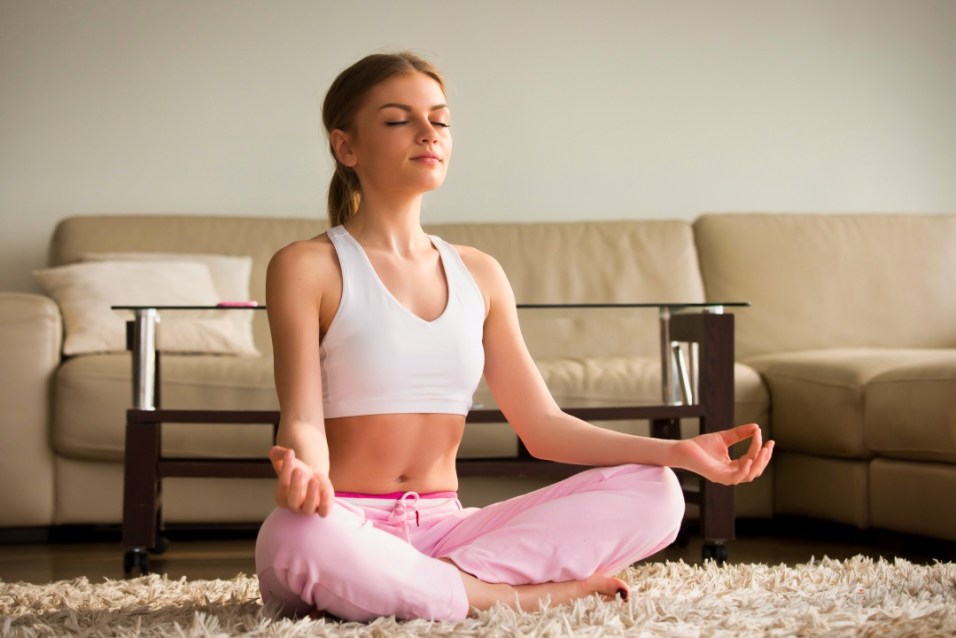
Although it is not clear where zen originated, the explanations are possible. Bodhidharma introduced Zen teachings to China in the sixth century. Bodhidharma introduced Zen to Japan one hundred years later. Zen learned to live without the need for written words through his travels. He taught his students how to turn around dhyana using the Lankavatara Sutra as a reference. All of the early Zen masters were well-versed in Buddhist texts and canons.
Bodhidarma brought Zen in Japan where it endured for another century. During his lifetime, he was known for his no-method approach. He did however, come up with several ways to trigger enlightenment. These included koans or riddles. These riddles were designed to shock students out of conventional thought and lead them to the ultimate enlightenment. A classic koan was to meditate on the sound of one hand clapping. The art of Zen poetry and calligraphy is also associated with the practice.

In the earliest Zen texts, the Buddha preached the Flower Sermon. This Dharma talk was the basis of Zen practice. These teachings are believed to have been taught by Buddha to his 14-century audience. He gave his disciples a Dharma talk, even though he wasn't there in person to share with them the nature the universe. Zen, unlike traditional Buddhism, advocates integration of body and mind to gain insight into the nature and purpose of all things.
While traces of Zen practice date back to India, the practice developed a different method and became more formalized in China. This form, known as Chan Buddhism, was first transmitted to Japan in thirteenth-century. The Japanese samurai embraced this new style and it quickly became a favorite. This was the predominant form of Buddhism in Japan from the fourteenth to the sixteenth centuries. Immigrant Chinese prelates introduced Chinese culture and philosophy to their Japanese disciples and they were often encouraged to travel to China for further study.
India is the place where Zen's origins are deeply rooted. The Buddha was born near the border of Nepal and India. The Buddha's name refers the royal family where the Buddha was born. He also founded the first temple of this area. Lumbini was home to the temple at that point. In the ancient world, the birth of Buddha was also a significant center for Buddhism. The city housed the emperor.

In the fifth Century BCE, Shakyamuni Buddha reached enlightenment when he took up the dhyana pose. The lineage of Zen was created when the teachings were passed on from master to disciple. In the fifth century CE, Bodhidharma brought the teaching to China under the name ch'an. He taught meditation to the Chinese. He was also the first to teach Zen. His death left a significant impact on the world.
FAQ
What does it take to make an antibiotic work?
Antibiotics kill harmful bacteria. Antibiotics can be used to treat bacterial infection. There are many different types of antibiotics. Some are taken orally, some are injected, and others are applied topically.
Antibiotics are often prescribed to people who have been exposed to certain germs. For example, if someone has had chicken pox, he or she might take an oral antibiotic to prevent shingles later on. Penicillin might also be administered to someone with strep throat. This will help prevent the possibility of developing pneumonia.
Doctors should prescribe antibiotics to children. Children are more susceptible to side effects from antibiotics than adults.
Diarrhea is the most common side effect from antibiotics. Other possible side effects include diarrhea, nausea and vomiting, allergy reactions, dizziness, dizziness, stomach cramps, nausea, vomiting or allergic reactions. These side effects are usually gone once the treatment is complete.
Here are 7 ways to live a healthy lifestyle.
-
Make sure you eat right
-
Exercise regularly
-
Sleep well
-
Drink plenty of water.
-
Get enough rest
-
Be happy
-
Smile often
How can you tell what is good?
You need to listen to your body. Your body knows best when it comes to how much exercise, food, and rest you need. To avoid overdoing it, it's important that you pay attention to what your body is telling you. You must listen to your body to ensure you are healthy.
What is the difference between a virus and a bacterium?
A virus is a microscopic organism which cannot reproduce outside of its host cell. A bacterium is a single-celled organism that reproduces by splitting itself in two. Viruses measure only 20 nanometers in diameter, but bacteria is up to 1 millimeter in size.
Viruses spread easily through contact with infected bodily tissues, such as saliva and urine, semen, vaginal secretions or pus. Bacteria are usually spread through direct contact with contaminated objects or surfaces.
Viruses may enter the body through cuts, scrapes. bites, or any other break in the skin. They may also get into the body through the nose and mouth, eyes, ears or rectum.
Bacteria can get into our bodies through cuts, scrapes and burns, insect bites, or other skin breaks. They can also be introduced to our bodies by food, water and soil.
Both viruses and bacteria can cause illness. But viruses do not have the ability to multiply within their hosts. Viral infections can only cause diseases in living cells.
Bacteria can grow in their hosts and cause disease. They can also invade other parts of your body. They can even invade other parts of the body, which is why antibiotics are necessary to eradicate them.
What is the most healthful lifestyle?
You can live a healthier lifestyle if you eat healthy food and exercise regularly. This will ensure that you live a long healthy life.
Start small by changing your diet and exercising routine. You can lose weight by walking 30 minutes each day if you are looking to lose weight. For more activity, you can try swimming or dancing. You could also sign up to an online fitness platform like Strava, which tracks your activity.
What should I be eating?
Take in lots of fruits and veggies. These fruits and vegetables are high in vitamins, minerals, which can help you keep your immune systems strong. They are also rich in fiber, which is good for digestion and makes fruits and vegetables filling. At least five servings of fruits and vegetables should be consumed each day.
Drink plenty of water. Water flushes toxins from your body and helps you feel full between meals. Drink about eight glasses each day.
Refined grains should be replaced with whole grains. Whole grains have all the nutrients they need, including B vitamins. Refined grains have been stripped of some of their nutrition.
Avoid sugary beverages. Sugary drinks are full of empty calories and lead to obesity. Instead, drink water, milk, or unsweetened Tea.
Avoid fast food. Fast food has very low nutritional value. Fast food may be delicious, but it will not give you the energy that you need to perform your tasks properly. Instead, stick to healthier options such salads and soups as well sandwiches and pasta.
Reduce your alcohol intake. Avoid alcohol as it can cause empty calories and poor nutrition. Limit the number of alcoholic beverages you consume per week to no more that two.
Try to cut down on red meat. Red meats have high levels of cholesterol and saturated fat. Lean cuts of beef or pork, lamb and chicken, as well as fish, are better choices.
How to measure body weight?
The best way to measure body fat is with a Body Fat Analyzer. These devices are used to measure body fat for people who want weight loss.
Statistics
- Extra virgin olive oil may benefit heart health, as people who consume it have a lower risk for dying from heart attacks and strokes according to some evidence (57Trusted Source (healthline.com)
- nutrients.[17]X Research sourceWhole grains to try include: 100% whole wheat pasta and bread, brown rice, whole grain oats, farro, millet, quinoa, and barley. (wikihow.com)
- According to the Physical Activity Guidelines for Americans, we should strive for at least 150 minutes of moderate intensity activity each week (54Trusted Source Smoking, harmful use of drugs, and alcohol abuse can all seriously negatively affect your health. (healthline.com)
- This article received 11 testimonials and 86% of readers who voted found it helpful, earning it our reader-approved status. (wikihow.com)
External Links
How To
How to live a healthy lifestyle
A healthy lifestyle is one where you are able to maintain your weight, your health and your fitness level. It's a way of living that includes eating well, exercising regularly, getting enough sleep and avoiding harmful substances such as alcohol, caffeine, tobacco, drugs, and so on. A healthy lifestyle will help you feel great and stay in shape. You are also less likely to develop chronic diseases such heart disease and stroke, diabetes or cancer.
This project had the main objective of providing a step-by–step guide to living a healthier lifestyle. The introduction was the first section of the project. It explains the importance of a healthy lifestyle, how it can be achieved, and who you are. The body paragraphs are a collection of tips for living a healthy life. The conclusion summarizes the article and offers additional resources if necessary.
This assignment helped me to understand how to write concise paragraphs. Additionally, I learned how organize my thoughts into topic sentences and supporting information. Furthermore, I was able to improve my research skills by being able to identify specific sources and correctly cite them. I also learned how to write with proper grammar.